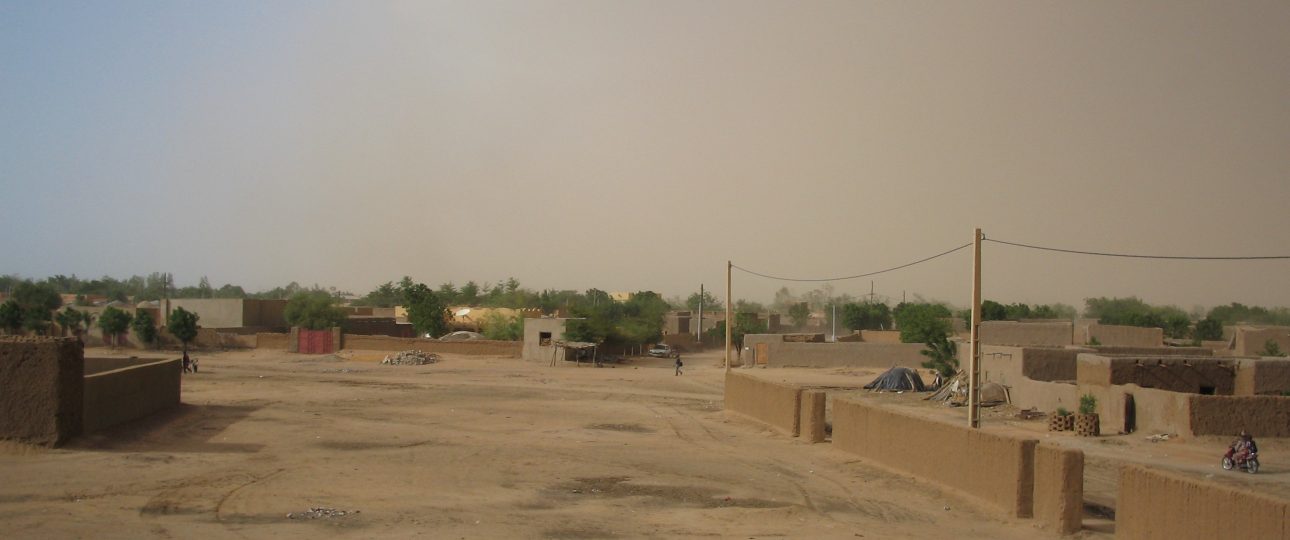Exploring Gao, Mali: A Journey Through History and Culture
Why Visit Gao?
Gao, located on the eastern bank of the Niger River, is a city steeped in history and culture. Once the capital of the Gao Empire and later the Songhai Empire, it offers a glimpse into the past with its ancient architecture and archaeological sites. The city is also a gateway to experiencing the Tuareg culture, known for its rich traditions and hospitality. The natural landscapes, including the Niger River and the nearby Sahara Desert, provide stunning settings for exploration.
Best Time to Visit
Plan your visit to Gao between November and February. During these months, the weather is cooler, making it more comfortable for outdoor activities. The summer months can be extremely hot, with temperatures reaching up to 43°C (109°F) in May. However, if you visit during the summer, you might catch some local festivals, though be prepared for the heat.
Getting There
Traveling to Gao can be an adventure. The city is accessible by air from Bamako, Mali’s capital. Gao Airport connects to major international airports, facilitating travel from around the world. Alternatively, you can embark on a road trip from Bamako, covering approximately 750 miles (1,200 km) of paved road. The journey offers a chance to see Mali’s diverse landscapes.
Local Transportation
Once in Gao, you have several options for getting around. Taxis and car rentals are available, but for a more immersive experience, consider hiring a local guide. They can take you to places that might be difficult to access otherwise, offering insights into the local culture and hidden spots.
Key Attractions
The Great Mosque of Gao
The Great Mosque of Gao, dating back to the 14th century, is a significant historical site. Its architecture reflects the city’s Islamic heritage and offers a fascinating look into the past.
Hombori Mountains
Located a few hours from Gao, the Hombori Mountains are ideal for those seeking adventure. These peaks offer opportunities for hiking and rock climbing, with breathtaking views of the surrounding desert landscape.
Niger River
The Niger River is a lifeline for Gao, providing water for agriculture and a serene setting for relaxation. Consider a boat ride to experience the vibrant river life or enjoy the tranquility from the riverbank.
Local Cuisine
Gao’s cuisine is a delightful blend of West African and Arab influences. Try “jollof rice,” a spicy rice dish, or “bissap,” a refreshing hibiscus drink. Street food is abundant, offering grilled meats and flavorful sauces that are a treat for the taste buds.
Practical Tips
- Gao is a city rich in history and culture, offering unique experiences for travelers.
- The ideal time to visit is during the cooler months from November to February.
- Travel to Gao by air from Bamako or take a scenic road trip.
- Explore the city using taxis, car rentals, or by hiring a local guide.
- Visit the Great Mosque, Hombori Mountains, and enjoy the Niger River.
- Indulge in local cuisine, a fusion of West African and Arab flavors.




